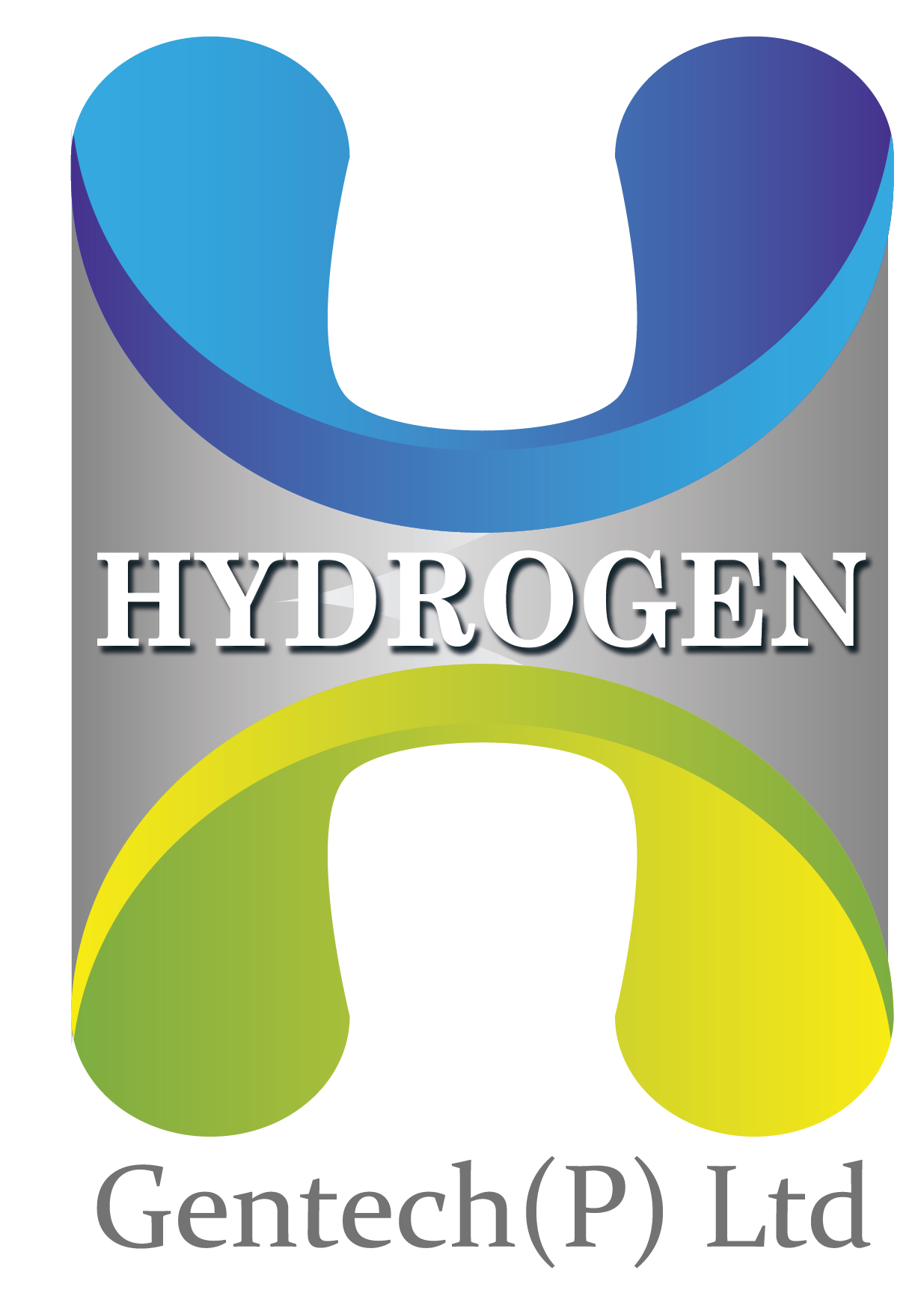Green hydrogen is emerging as a cornerstone of the global energy transition. Unlike conventional hydrogen, which relies on fossil fuels, green hydrogen is produced using renewable energy sources—making it a truly sustainable and zero-emission fuel. Understanding how green hydrogen is generated is key for industries, governments, and energy stakeholders seeking to decarbonize operations and align with climate goals.
What Is Green Hydrogen?
Green hydrogen refers to hydrogen gas produced via electrolysis, powered by renewable energy such as solar, wind, or hydropower. Electrolysis is a process that splits water (H₂O) into its two components—hydrogen (H₂) and oxygen (O₂)—using an electric current. When that electricity comes from a renewable source, the hydrogen produced carries no carbon footprint.
In contrast, grey hydrogen (from natural gas without carbon capture) and blue hydrogen (from natural gas with carbon capture and storage) contribute to greenhouse gas emissions, despite their widespread use.
The Electrolysis Process Explained
At the heart of green hydrogen production is the electrolyzer—a device that performs the electrolysis reaction. Water is fed into the electrolyzer, and when powered by renewable electricity, it separates into hydrogen and oxygen. The hydrogen is collected, purified, and stored, while the oxygen is typically vented or used for secondary applications.
There are three main types of electrolyzers used today:
1. Alkaline Electrolyzers
Alkaline water electrolysis is the most mature and widely used technology. It uses a liquid alkaline electrolyte (usually potassium hydroxide) and operates at relatively low costs. This is the system most commonly deployed in industrial settings.
2. PEM (Proton Exchange Membrane) Electrolyzers
PEM electrolyzers use a solid polymer membrane as the electrolyte. They are compact, respond quickly to power fluctuations, and are ideal for integration with intermittent renewable sources like solar or wind.
3. Solid Oxide Electrolyzers (SOE)
Still in the early stages of commercialization, SOEs operate at high temperatures (above 700°C) and can achieve very high efficiencies. They are promising for future integration with industrial waste heat sources.
Role of Renewable Energy
The viability of green hydrogen hinges on the availability and cost of renewable electricity. In regions like India, the Middle East, and parts of Europe, falling solar and wind power tariffs have made green hydrogen production increasingly feasible. By co-locating hydrogen generation facilities near renewable farms, transmission losses can be minimized.
Energy storage is another key benefit. When solar or wind generation exceeds demand, excess electricity can be redirected to electrolyzers, storing energy in the form of hydrogen.
Balance of Plant (BoP) for Hydrogen Production
Beyond the electrolyzer, green hydrogen production systems require several auxiliary components:
- Water Purification Units: Feedwater must be demineralized to protect the electrolyzer.
- Gas-Lye Separators: Used to separate the hydrogen gas from liquid electrolytes.
- Purification Systems: Remove moisture and residual oxygen to achieve purity levels up to 99.999%.
- Compression & Storage: Hydrogen must be compressed for storage or transport, often up to 350–700 bar.
- Control Panels: PLC/SCADA-based control systems ensure safe, automated operation.
Companies like Hydrogen Gentech (HGPL) specialize in designing, engineering, and commissioning modular, skid-mounted BoP units that make on-site hydrogen generation more practical and scalable for industries.
Water Requirements and Sources
Producing 1 kg of hydrogen via electrolysis requires about 9 liters of water. While this seems high, it is significantly less than water used in fossil fuel extraction, refining, and thermal power generation.
Non-potable sources such as industrial wastewater or seawater (with pre-treatment) are increasingly being explored to reduce strain on freshwater supplies.
Use of Green Hydrogen Across Sectors
Once generated, green hydrogen serves multiple industrial, mobility, and power sector applications:
- Steel and Cement Plants: Fuel for high-temperature processes
- Refineries and Chemicals: Feedstock for hydrotreating, ammonia, and methanol
- Power Grid: Long-duration energy storage and fuel cells
- Mobility: Hydrogen fuel cell electric vehicles (FCEVs) for buses, trucks, and trains
Challenges and Efficiency Considerations
While green hydrogen is clean, its production still faces certain challenges:
- High CAPEX: Electrolyzers and BoP systems are capital-intensive
- Energy Conversion Losses: Only about 65–70% of energy is retained during electrolysis
- Water Access: Requires high-purity water, which may be scarce in some regions
- Storage & Transport: Hydrogen’s low volumetric density demands specialized infrastructure
Future Outlook
Global investments in hydrogen infrastructure, technology innovation, and policy support are accelerating the green hydrogen economy. India’s National Green Hydrogen Mission, the EU Hydrogen Strategy, and U.S. tax incentives are all pushing toward commercial viability.
Local manufacturing of electrolyzers, standardization of BoP components, and cost reductions from economies of scale are expected to drive down green hydrogen production costs below $2/kg by 2030.
Green hydrogen production is a cornerstone of the future energy mix. Through electrolysis powered by renewable energy, hydrogen can be produced without emitting any greenhouse gases. From heavy industry to transportation and energy storage, green hydrogen holds the key to achieving global net-zero goals. For businesses and EPC players alike, understanding the nuances of its generation is the first step in making a strategic transition to clean energy.

